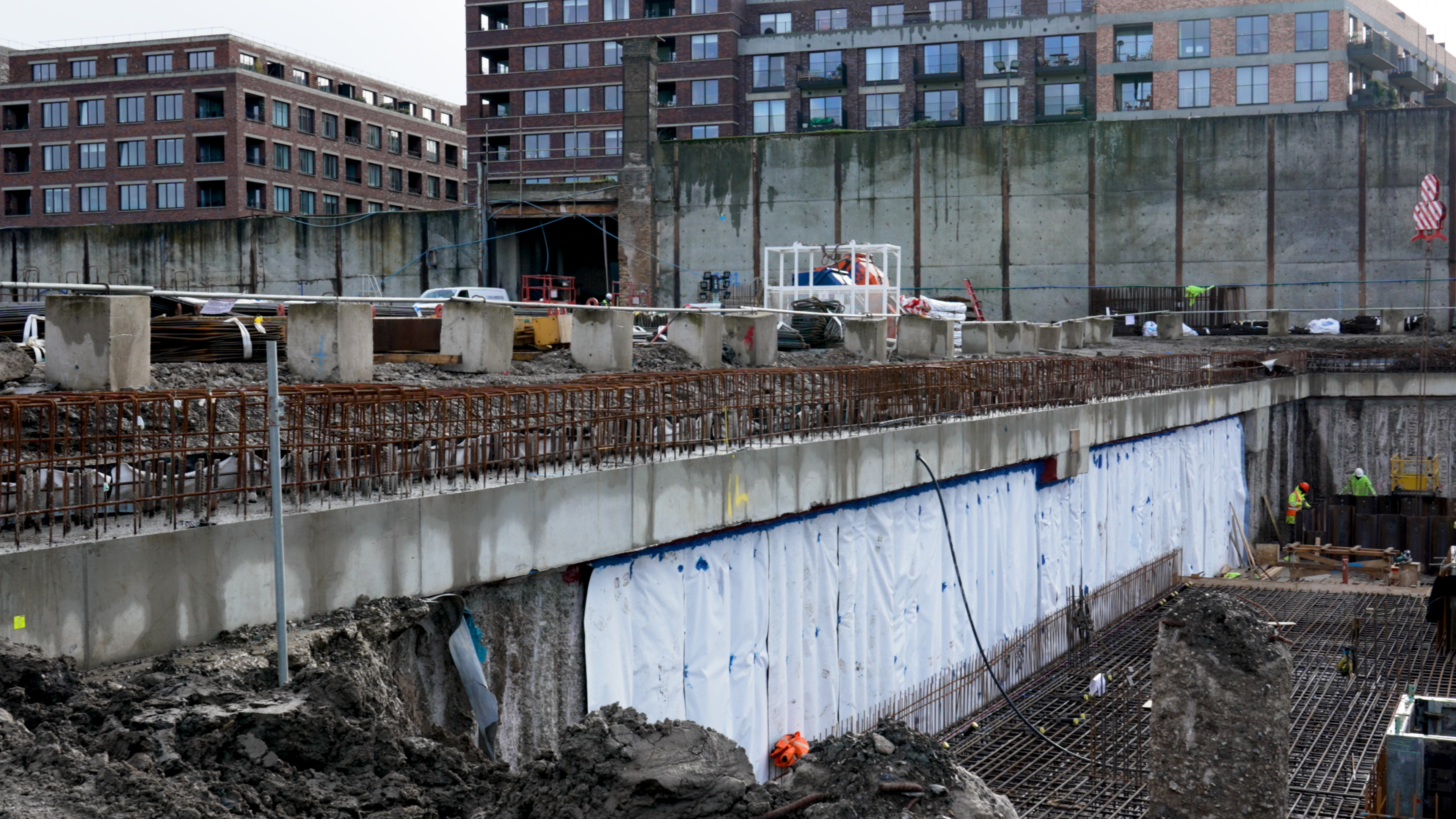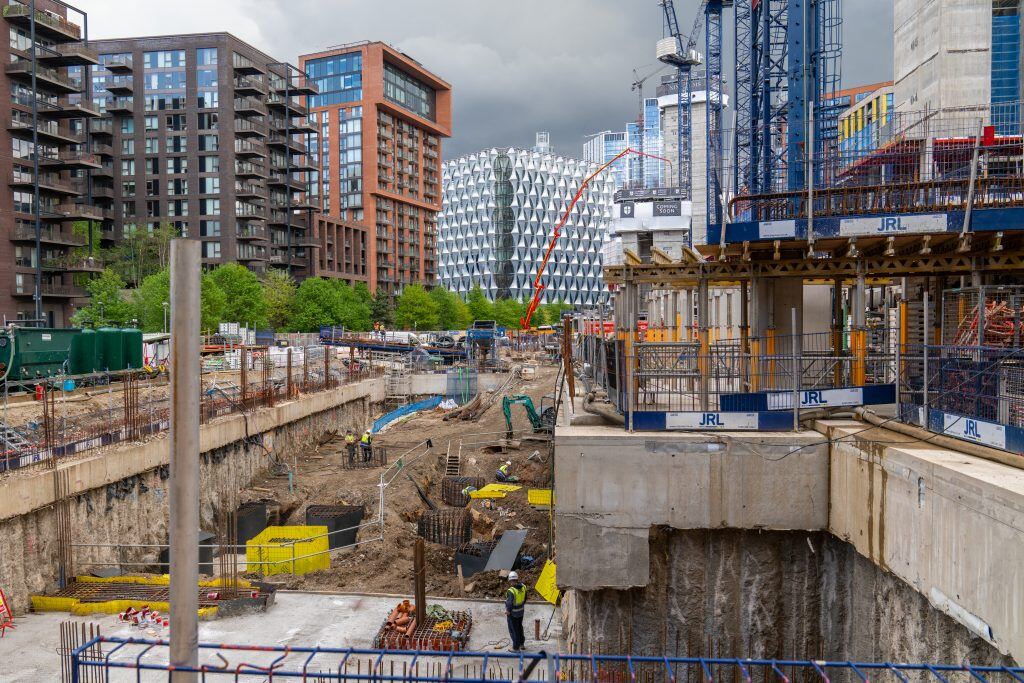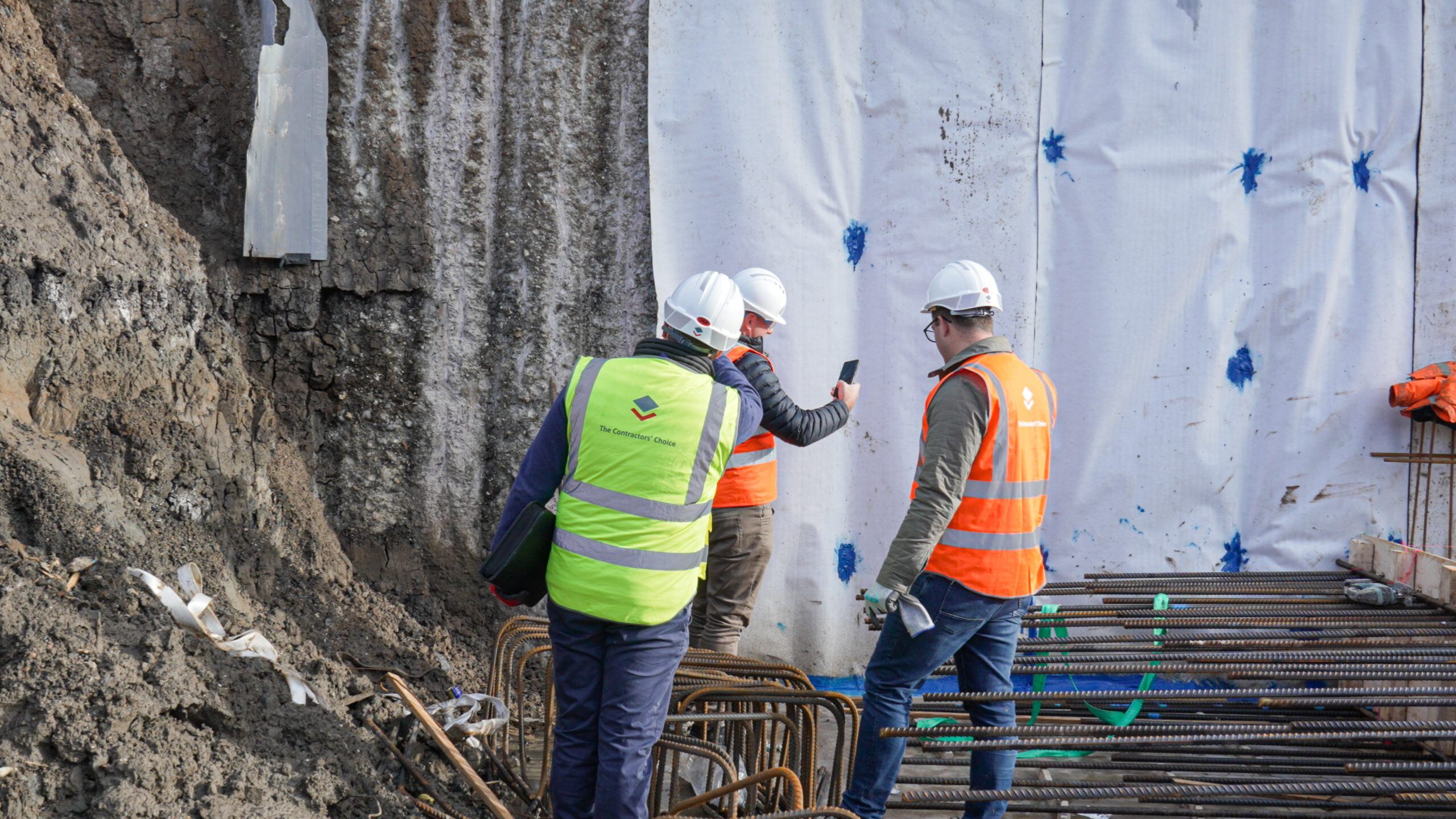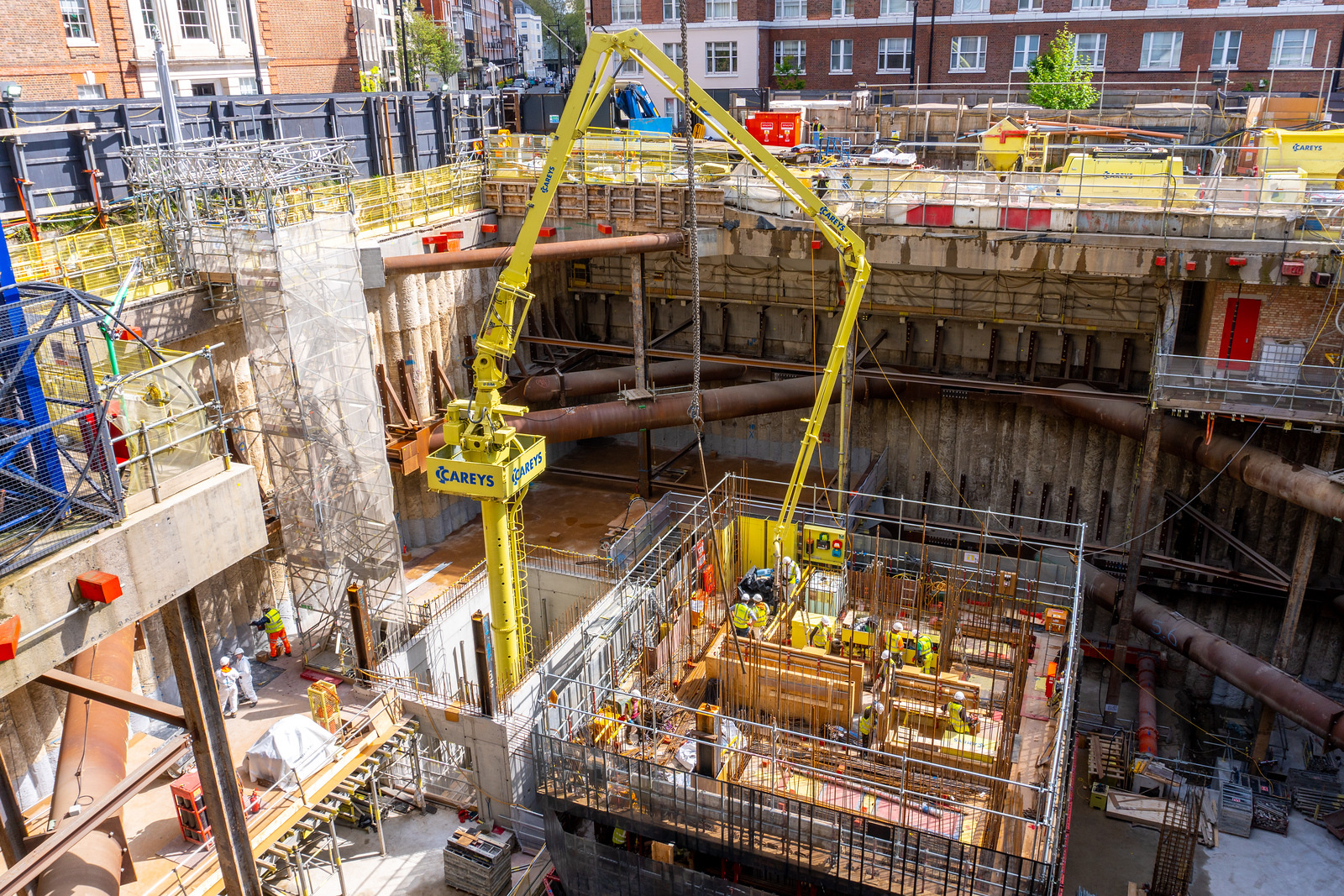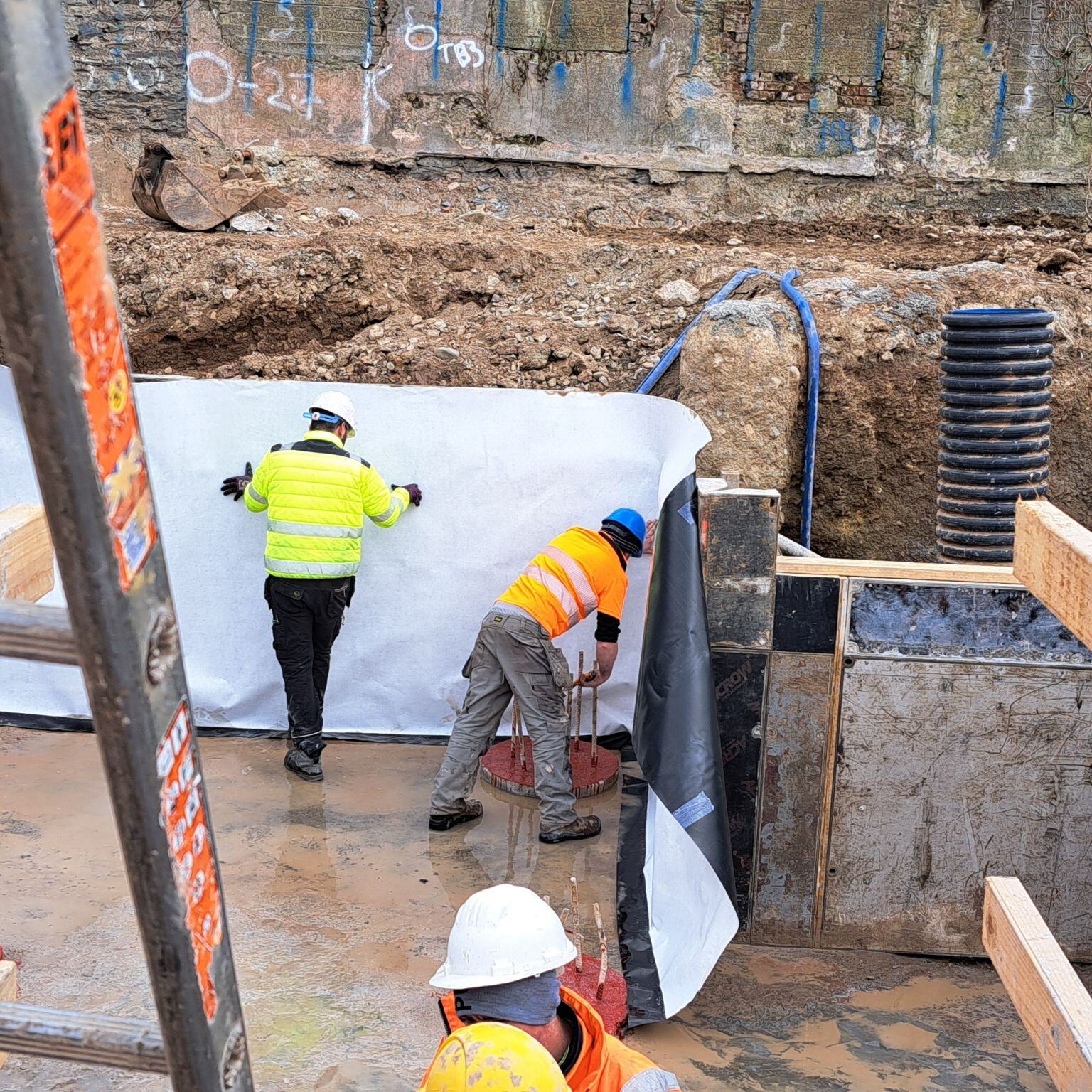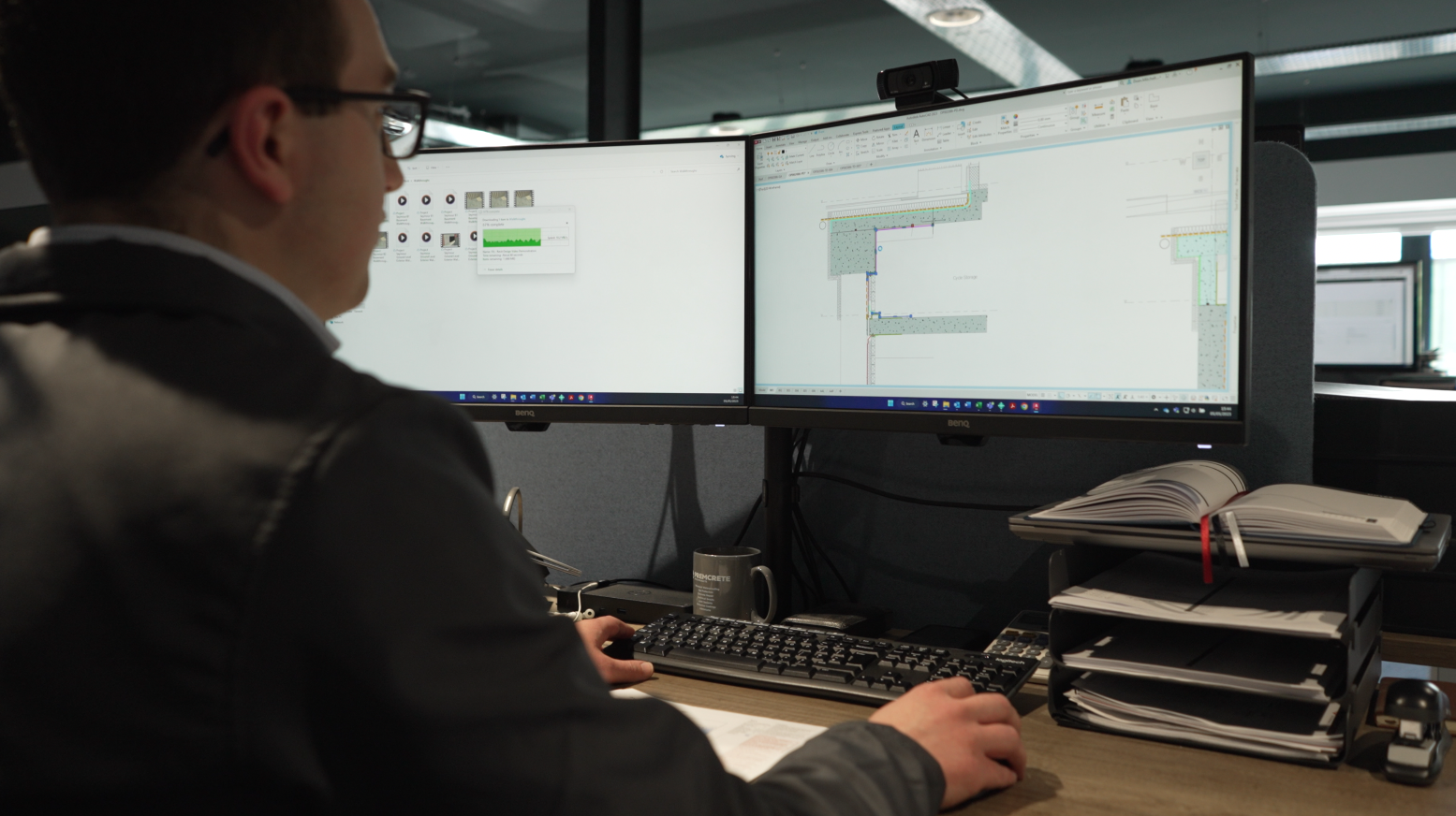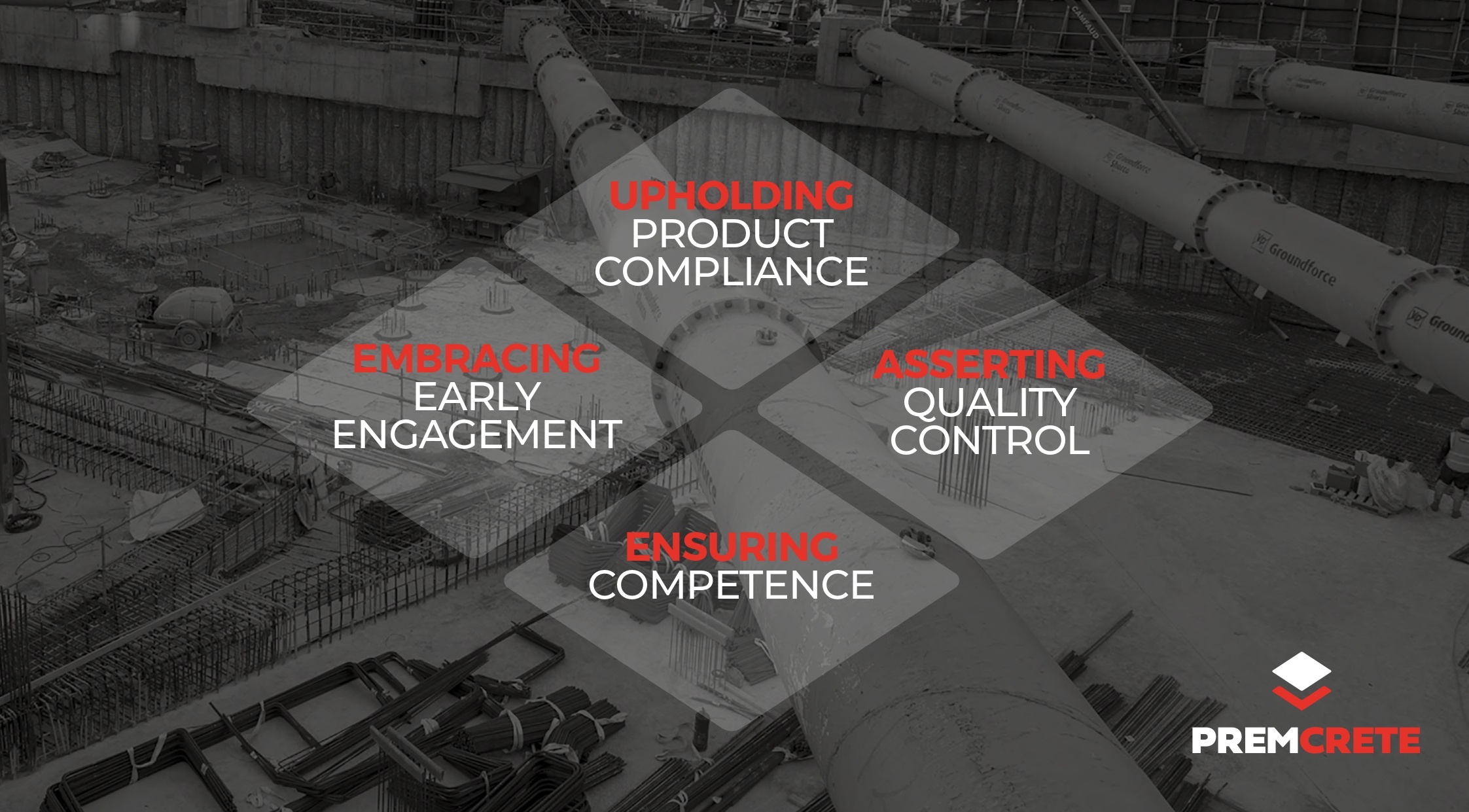The Construction Leadership Council (CLC) has just published new guidance that’s already making waves across the industry.
Focused on what constitutes a “Sufficient Level of Design” for Gateway 2 submissions under the Building Safety Act, this new note brings a more flexible approach—allowing submissions without final product selections or fully locked-down drawings, so long as performance standards are clearly met.
That’s a welcome shift—but it’s not a green light to delay critical elements like waterproofing.
Performance-Based Design: A Practical Step Forward
CLC Note 02 confirms that Gateway 2 applications can now:
- Avoid naming specific manufacturers at submission stage
- Use generic performance specs (e.g. “Type A membrane with BBA or UKCA approval”)
- Defer final detailing, so long as the performance intent and compliance can be clearly demonstrated
This shift recognises the realities of live construction projects: procurement delays, design changes, and evolving site conditions. Flexibility is essential—but clarity and competence remain non-negotiable.

Let’s Be Clear: Waterproofing Is Not a Finishing Touch
The industry may see waterproofing as just another line item. It’s not.
BS 8102:2022 explicitly states that a waterproofing specialist should be engaged by RIBA Stage 3—or earlier. Why? Because waterproofing intersects with:
- Structural design
- Ground conditions, water tables, and gas risk
- Coordination with other trades
- Warranty provider and BSR requirements
- Installation sequence and construction methodology
Leave it too late and it’s not just a headache—it’s a risk.

Underdeveloped Design = Delays, RFIs, and Risk
More flexibility from CLC doesn’t mean less responsibility. It’s now your job to prove compliance.
If your Gateway 2 submission lacks substance, expect:
- RFIs and clarifications
- Delayed approvals
- Or full-blown rejections
In today’s climate of tight build programmes and no margin for error, that’s a cost no project can afford.

Why Early Engagement Pays Off
At Premcrete, we always recommend submitting complete waterproofing design packages with your initial Gateway 2 application—not as an afterthought.
That means:
- No scrambling to bolt on missing details later
- No “Approval with Requirements” that delay progress
- No ambiguity for the BSR
- And a site team ready to go the moment approval lands
Our clients who’ve taken this approach have enjoyed smoother builds, fewer design conflicts, and better outcomes overall.
Our Approach at Premcrete
We support both routes outlined in the CLC’s note:
- Performance-led submissions using third-party tested systems
- Or full detailed designs ready from the outset
Whichever route you choose, early engagement makes all the difference. Our CSSW-accredited design team will take full ownership of the waterproofing package, delivering:
- Coordinated technical drawings
- Installation sequencing plans
- Design reports and product certification
- Competence records, QA protocols, and supporting evidence for BSR
- Collateral warranties where required
This isn’t just about passing Gateway 2—it’s about de-risking your entire programme.
Final Word: The Guidance Is Clear—Now Act on It
The CLC’s guidance is a positive evolution, but it’s not a reason to delay specialist involvement.
If anything, it reinforces the importance of early, competent design—especially from specialists who can stand behind their work without relying solely on brands.
Whether you’re midway through RIBA Stage 3 or up against a looming Gateway 2 deadline, now’s the time to get your waterproofing strategy right.

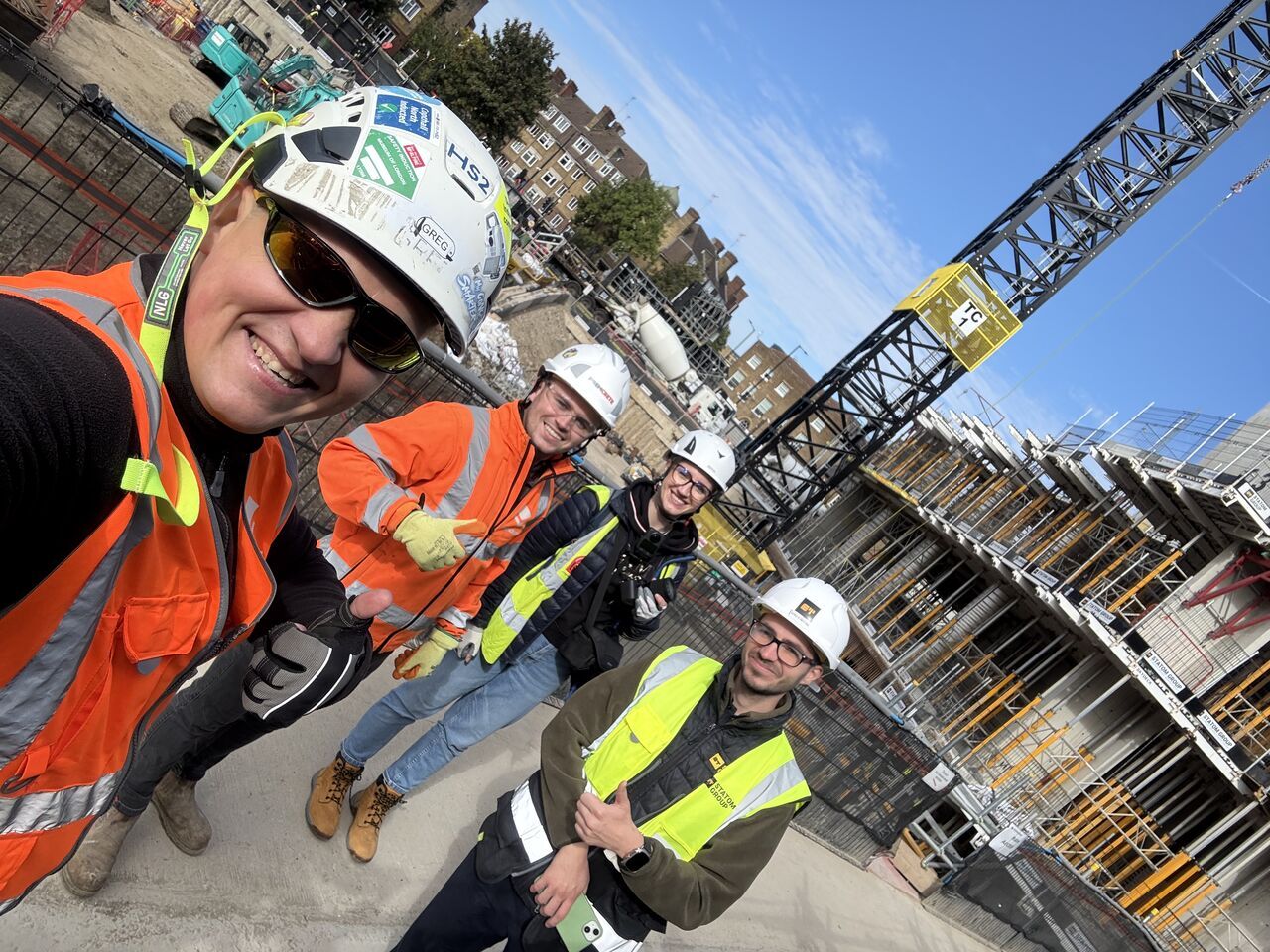
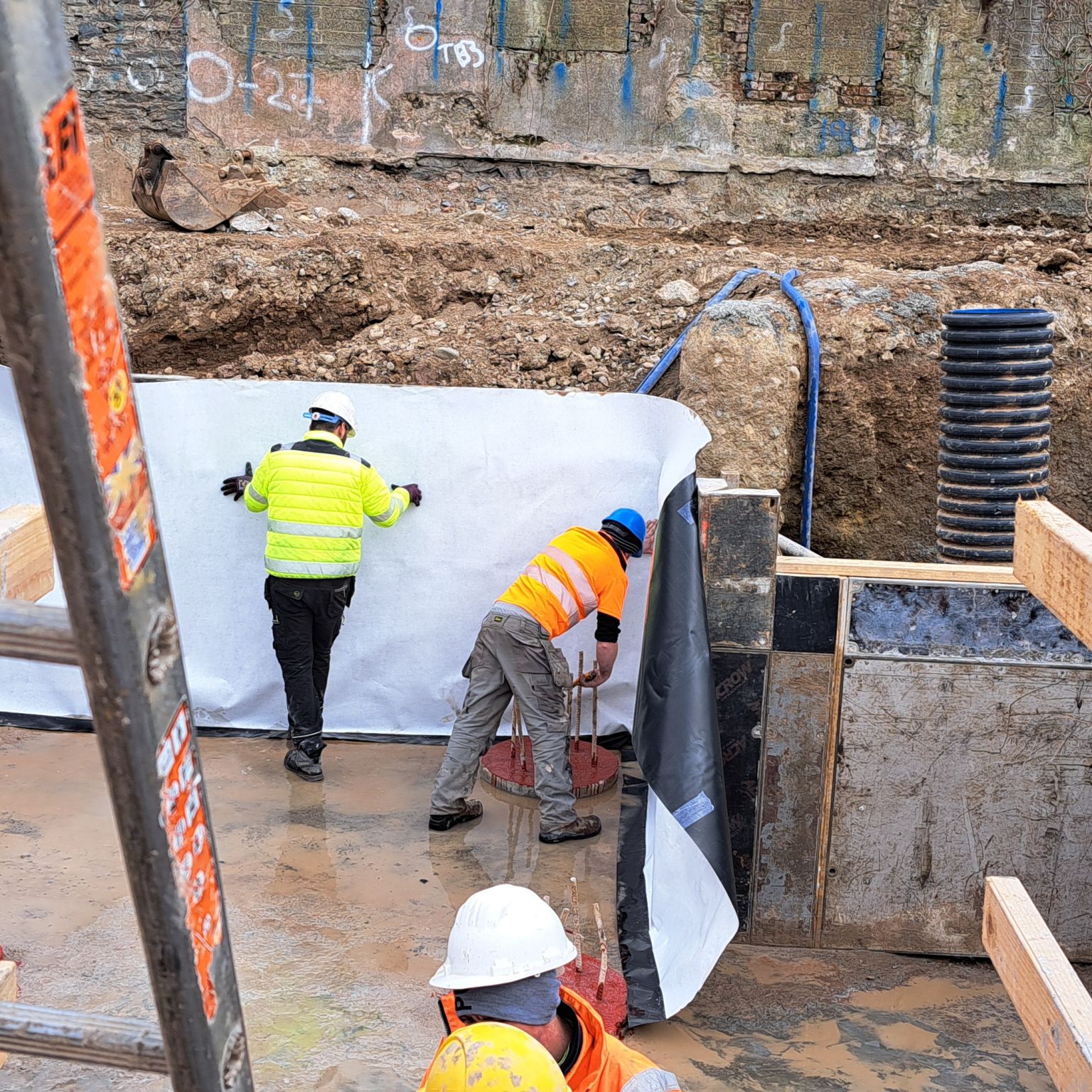
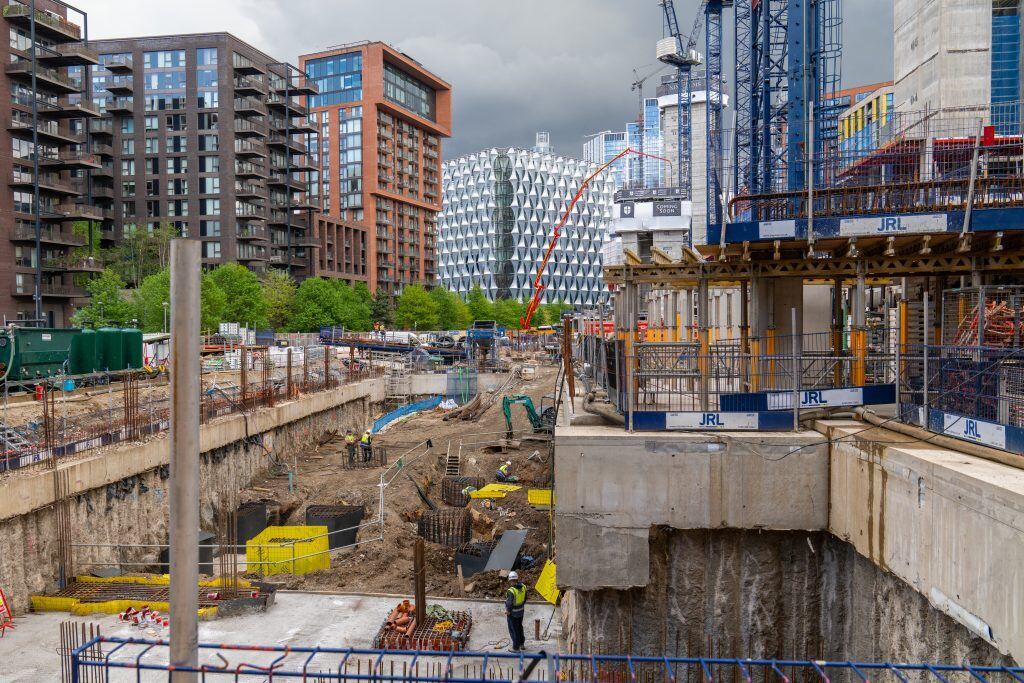

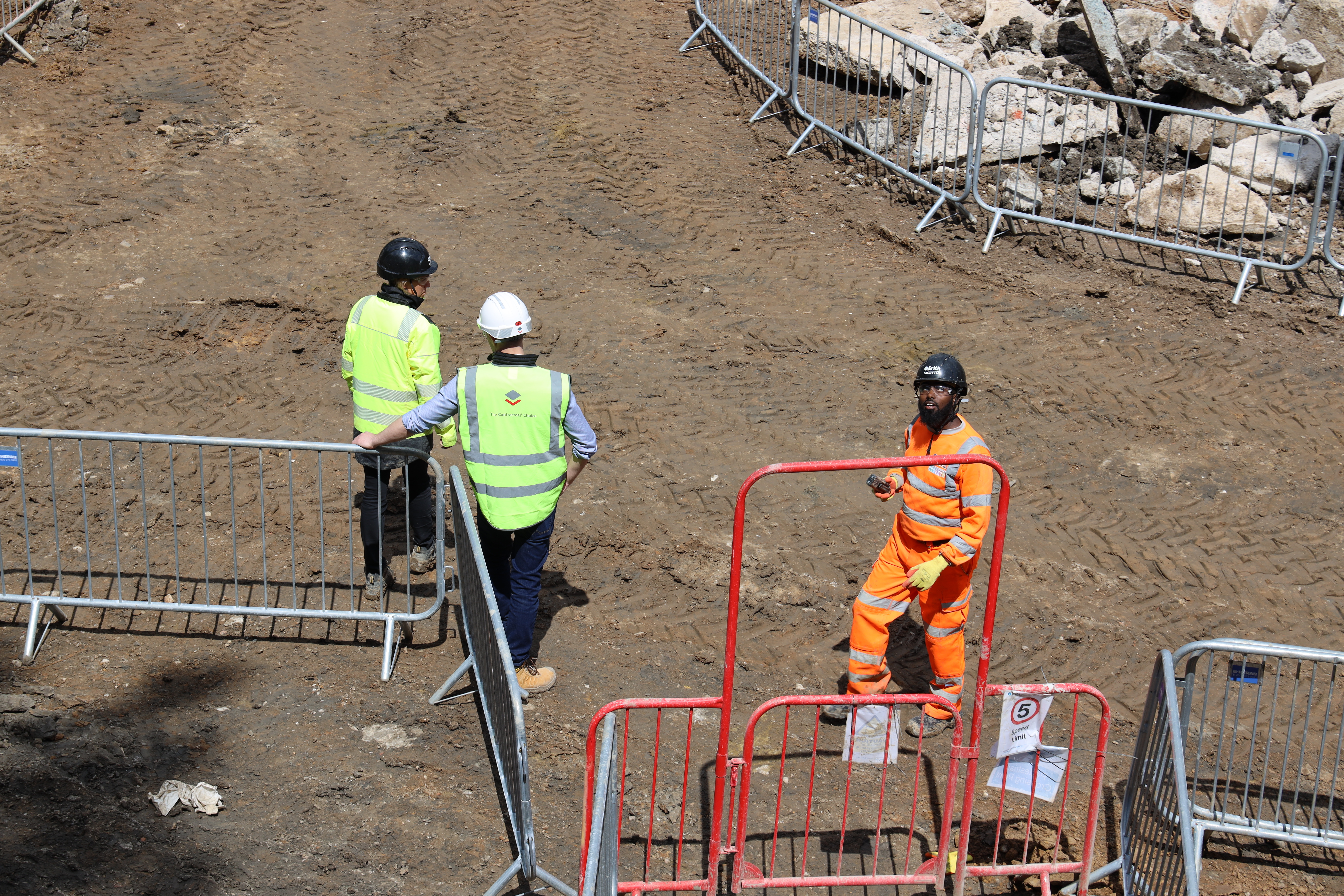
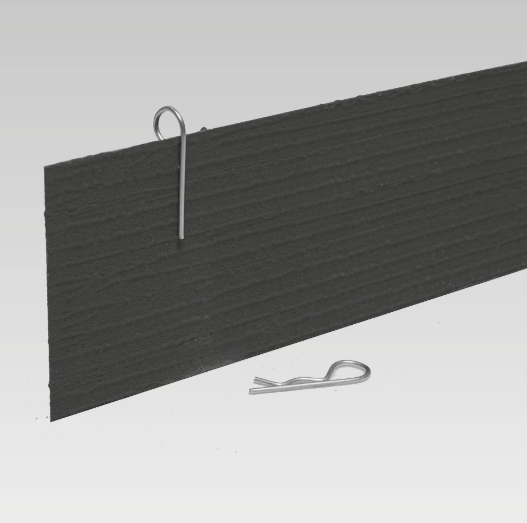

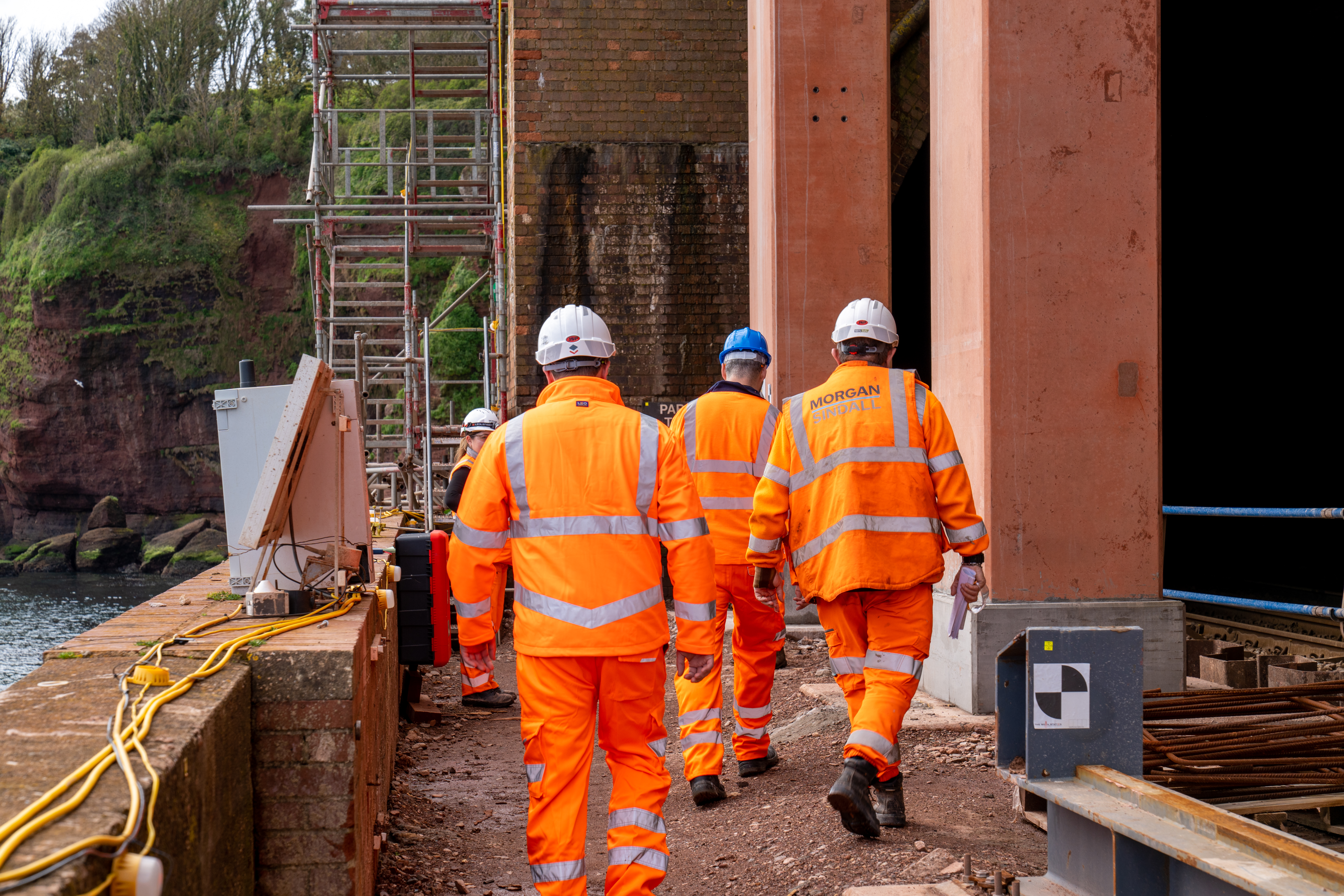
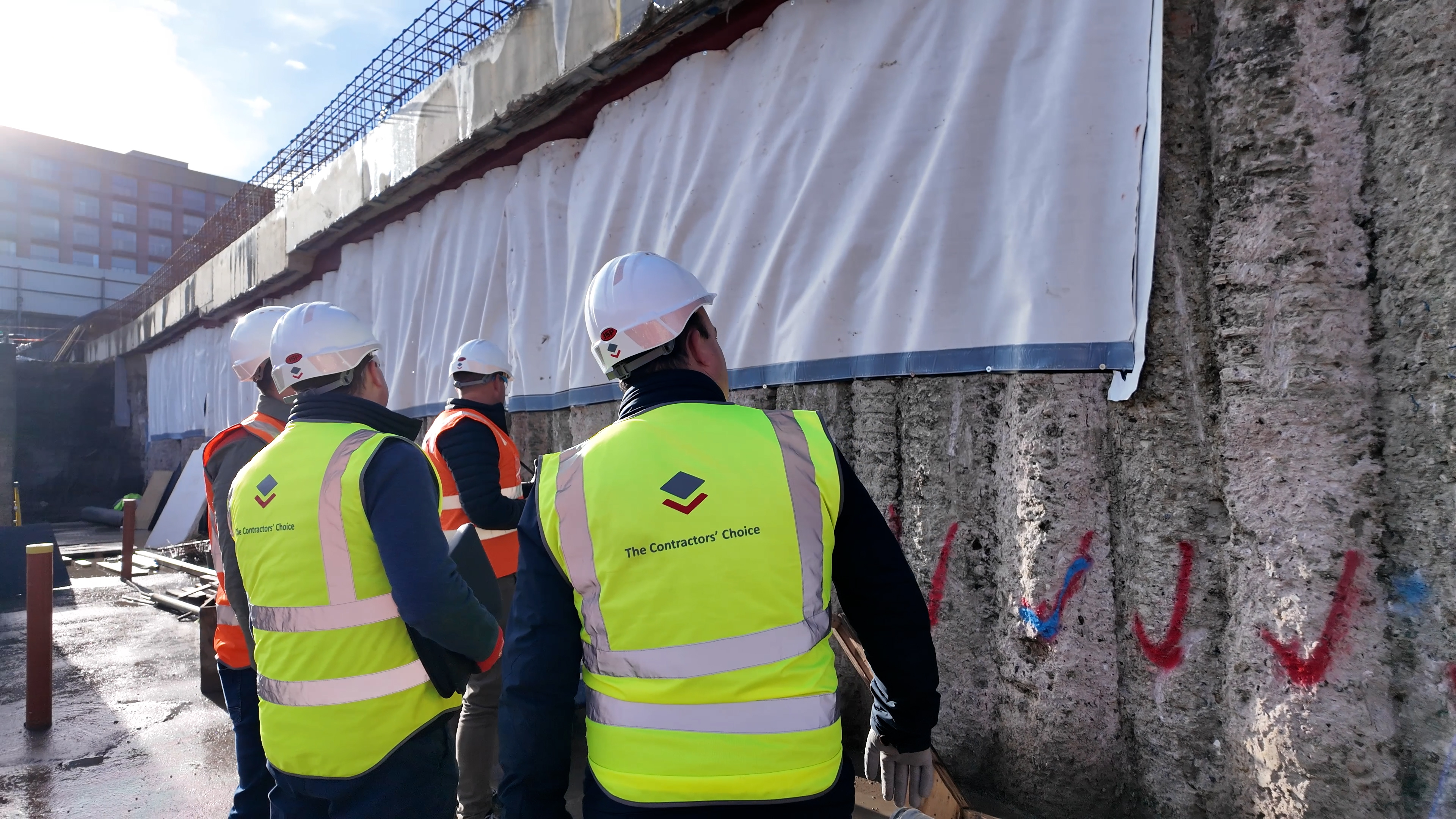
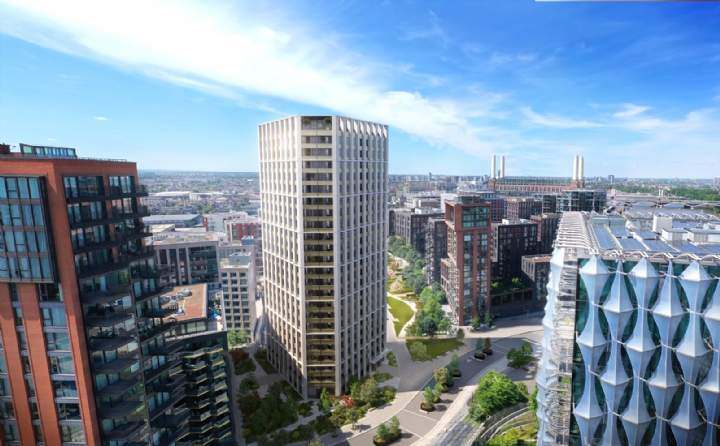

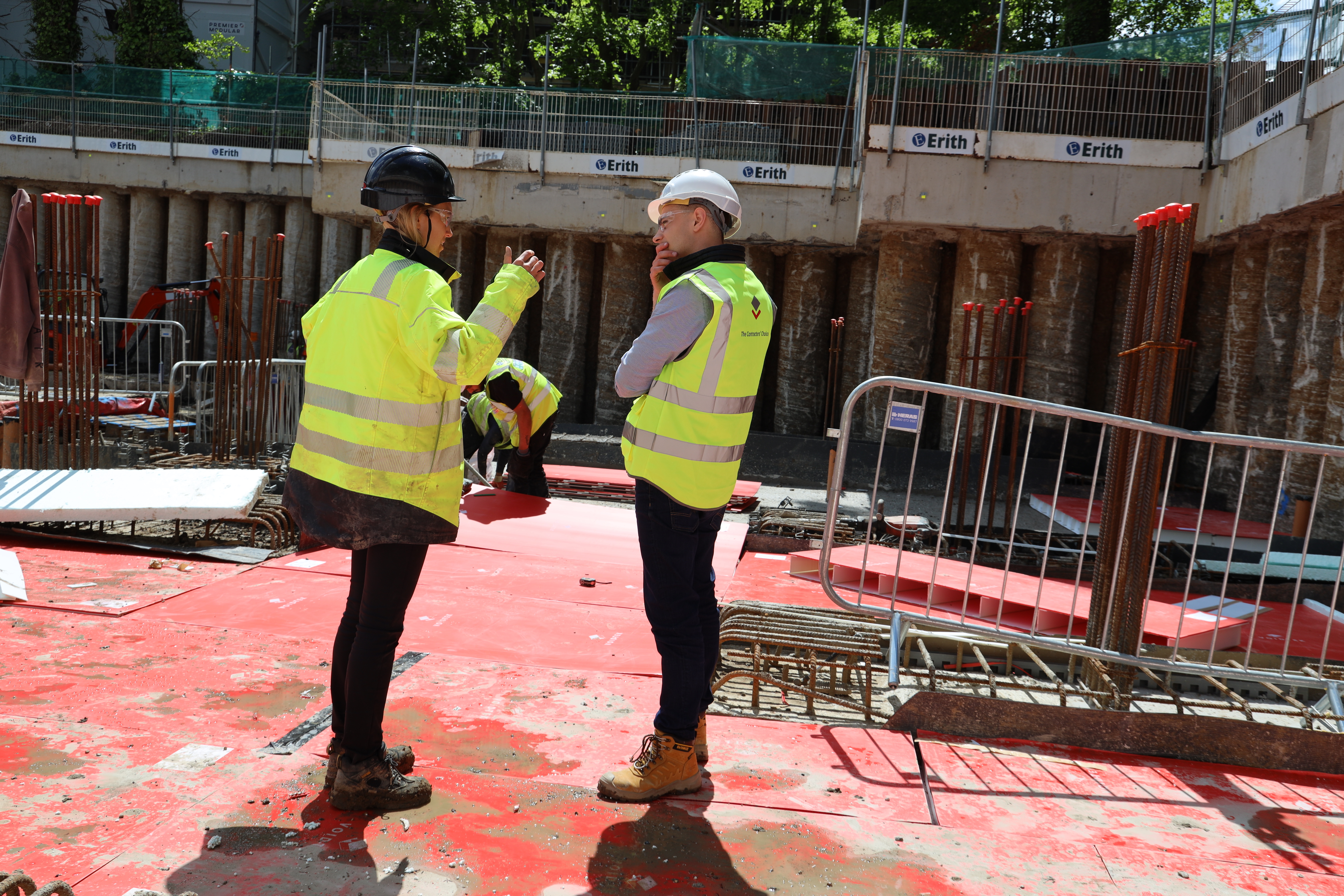
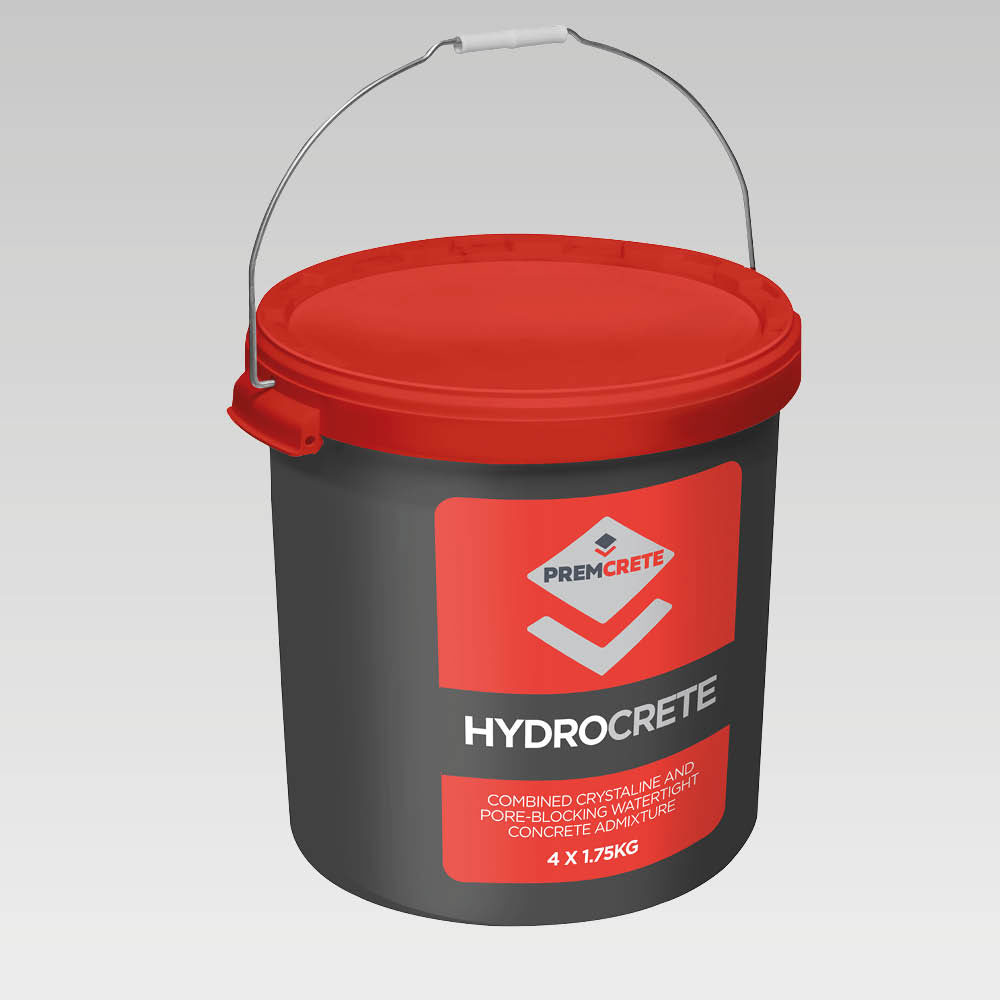
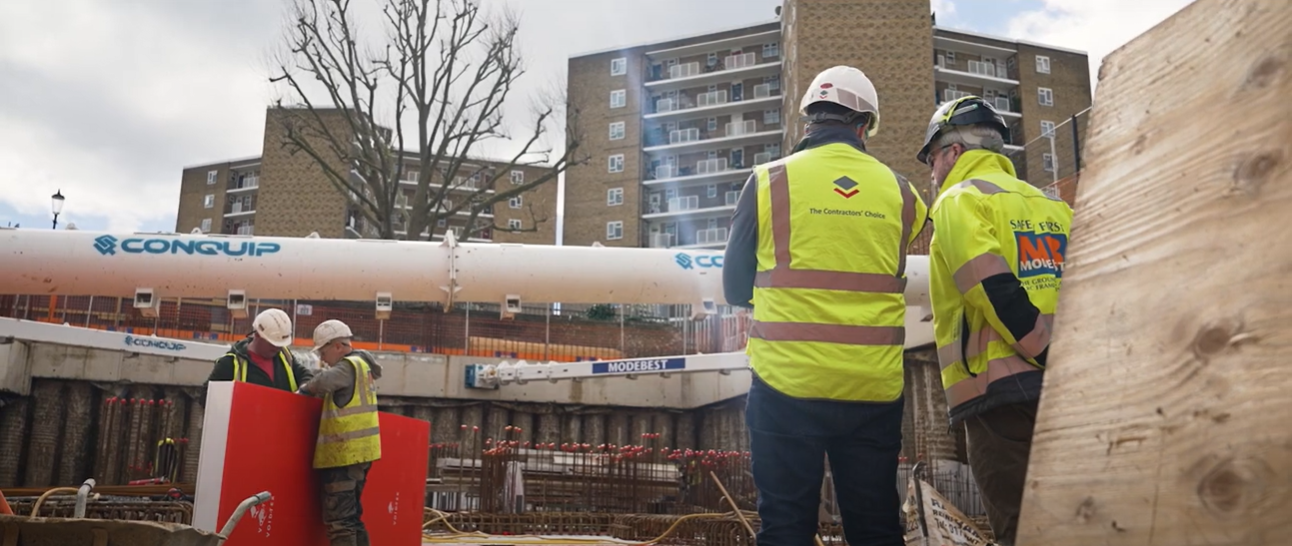
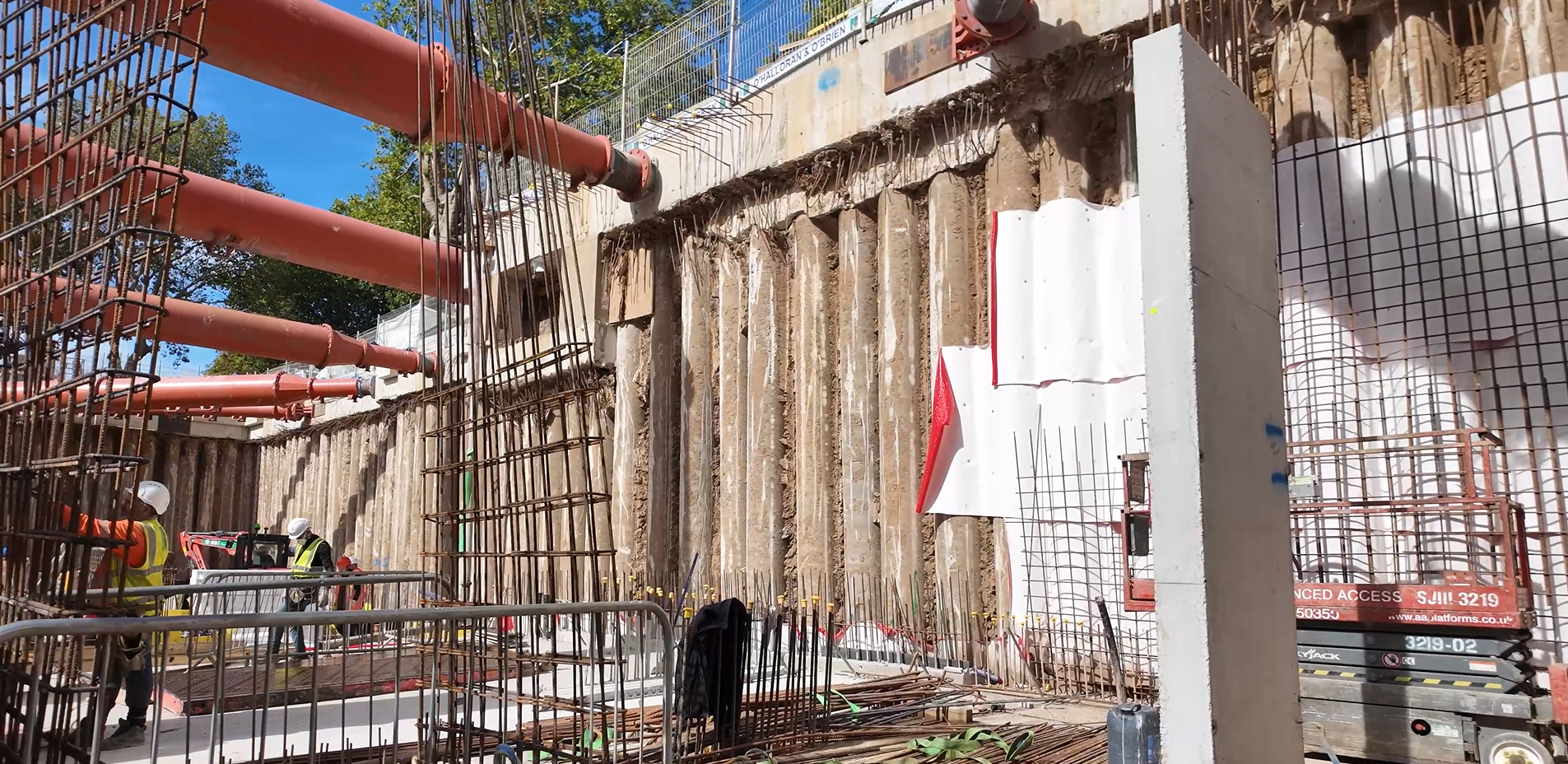
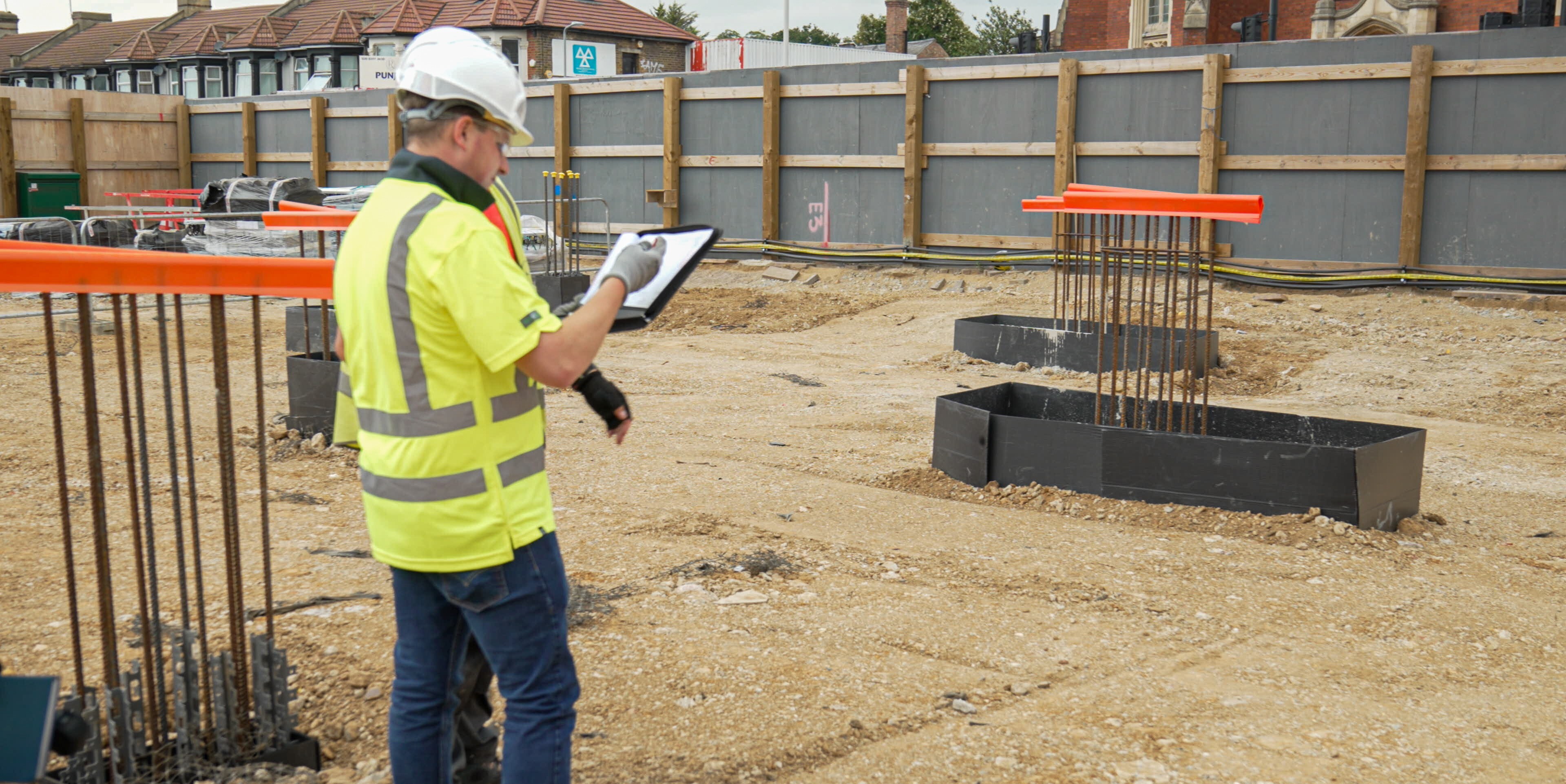
-1.jpg)
